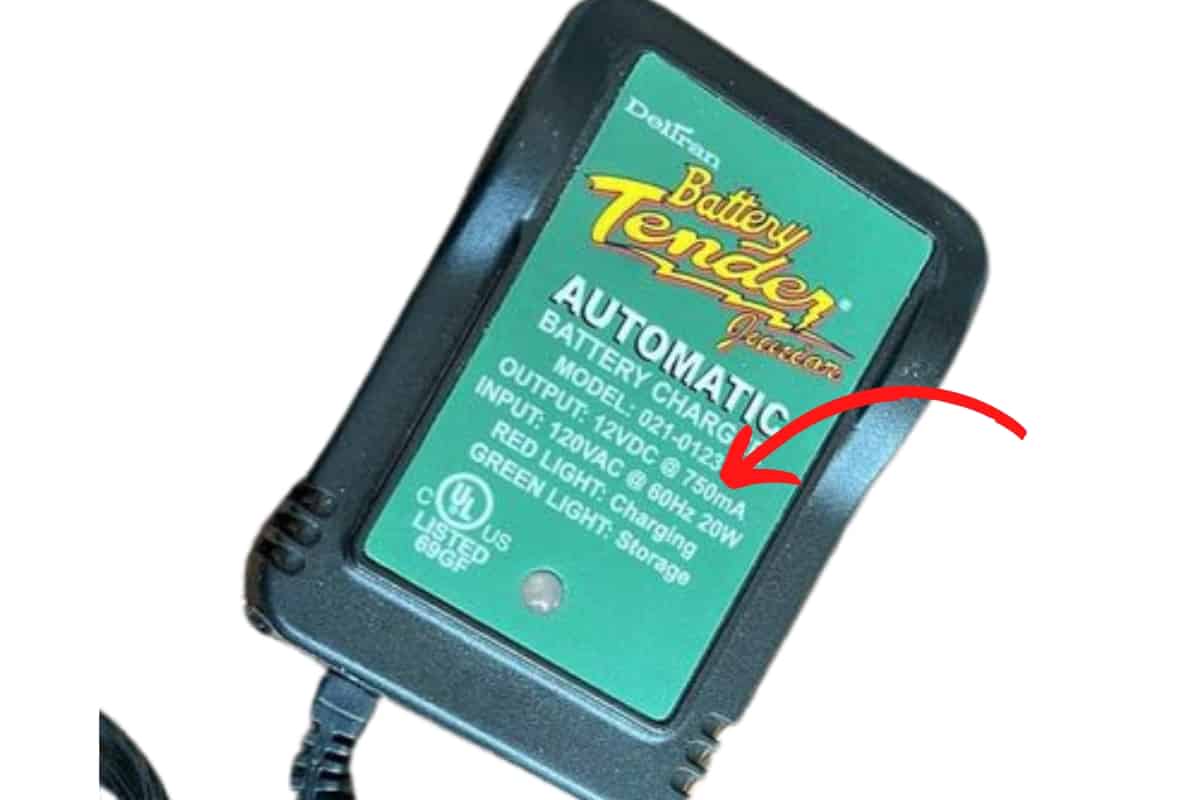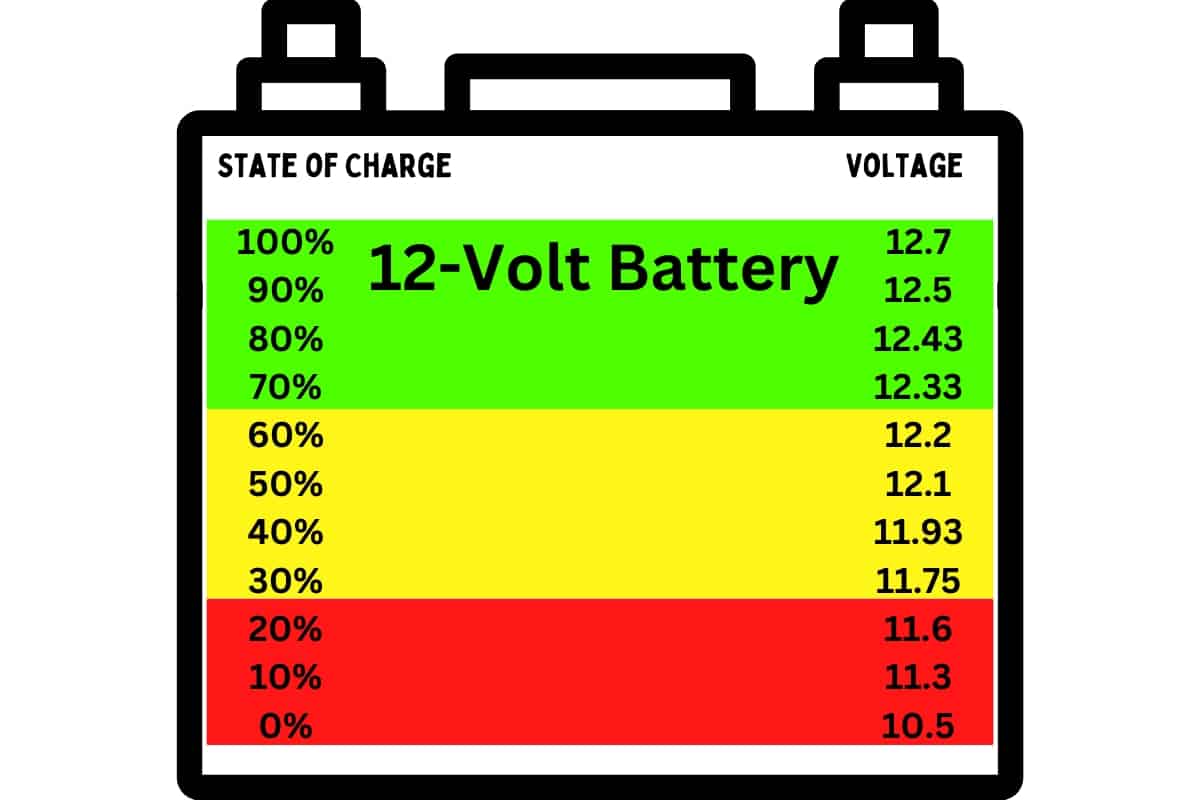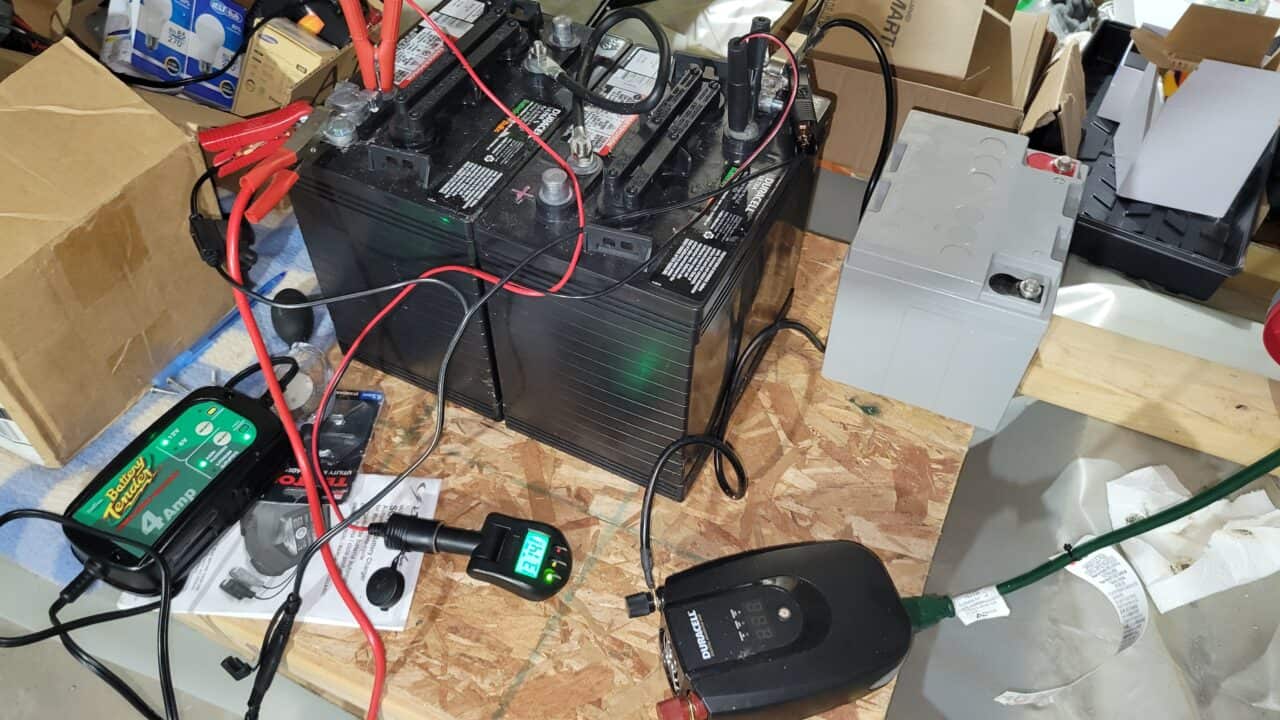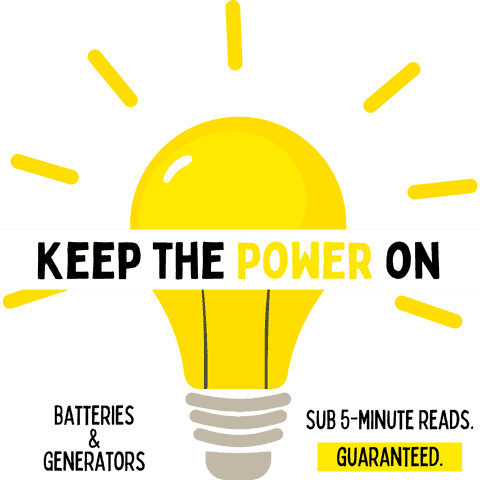Listen to the article below by hitting the play button below and feel free to scroll the page for any helpful visuals. All of the articles on this website will have this audio feature for your convenience.
Charging a car battery with a trickle charger is pretty simple as far as how to hook it up to the battery itself, but how long should you keep it hooked up to your battery? How many amps should it have?
What Is a Trickle Charger?
The term “trickle charger” is subjective, but typically denotes a charger of low amperage relative to the battery’s capacity (usually 2-3% of the battery’s total amp hour (Ah) rating) and can be left hooked up to the battery for a long period of time when the battery is not in use.
A 4-amp charger connected to a 50Ah car battery would be considered a properly sized charger. That same 4-amp charger connected to a 225Ah battery bank would be considered a trickle charger, as it’s around 2% of the total Ah of the battery.
A common trickle charger size for most car and marine batteries would be 2-amps.
Trickle chargers come in various voltages (6, 8, 12, etc.) so make sure that you are using the correct voltage trickle charger for your battery. For example, a 6-volt charger will not work on a 12-volt car battery, but it will work on a 6-volt golf cart battery.

How Long Should a Trickle Charger Be Left Connected to a Car Battery?
Modern trickle chargers can be left connected to a battery indefinitely. They are microprocessor controlled and perform real time diagnostics on the state of charge of the battery. When the battery reaches 100%, the charger will enter into float mode, which is essentially a standby mode, and the charger will only emit a charging current if the battery dips below 100% due to natural self-discharge processes.
If you have an old charger that isn’t as sophisticated, then you will need to be careful about removing your charger when the battery reaches 100% state of charge or you’ll start overcharging your battery and eventually boil the electrolyte out of it and kill it.
First generation chargers are typically heavy and will have some warning sticker on them indicating that the charger should not be left connected after the battery is fully charged.
How Long Does it Take to Charge a Car Battery with a Trickle Charger?
Knowing how long it takes to charge a battery is important so that you know when you can start using your battery again, but also so that you know when to remove the charging cables if you happen to be using an older model charger that will overcharge and kill the battery if left connected.
The table below is just a ballpark estimate of how long it would take to charge a 65Ah car/SUV battery (average size) with a 2-amp trickle charger at a 50% starting state of charge, and with a battery that is completely dead.
| Trickle Charging Amps | 50% Starting Charge (12.1v) | 0% Starting Charge (10.5v) |
|---|---|---|
| 2 | 18 Hours | 36 Hours |
To do your own math, you will need to get a voltage reading of your battery with a multimeter. Cross reference that number with the chart below. In the example above, a starting voltage of 12.1 would be a 50% state of charge, so I would need to replace half of the ampere hour capacity of a 65 ampere hour battery — or about 32.5.
Now, you can simply take the number of ampere hours that you need to replace and divide that number by 0.9 to take into account any charging inefficiencies. After that, divide the number again by charging amps of your trickle charger.
So, with the example above we take 32.5 ampere hours to be replaced, divide it by 0.9 which gives us 36 (rounded), and we divide that number by 2-amps from the charger. Our answer is 18 hours.

How To Hook Up a Trickle Charger
Modern trickle chargers will come with either alligator clips, eyelets, or both as a means of attaching the charging cables to a battery. The eyelets are used for a more permanent setup, like keeping a battery charged over the winter.
In general though, just make sure the cables are connected to the appropriate battery terminal (red to positive, and black to negative) and plug the charger in. As long as it’s a microprocessor-controlled, modern trickle charger, then you’ll be able to safely leave the charger connected indefinitely without overcharging the battery.

Most modern chargers come with reverse polarity protection (which will stop it from charging if you connect to the wrong terminals) and anti-sparking protection (so you won’t see a spark if you connect or disconnect the charger while it’s plugged in).
How Many Amps Should a Trickle Charger Have?
A trickle charger with 2 amps is ideal to both charge and maintain car, SUV, truck, or marine batteries. A 750mA, 800mA, 1A, 1.25A, and 1.5A charger are perfect for charging and maintaining smaller batteries like those found in lawnmowers, jet skis, motorcycles, skooters, ATV’s, or dirt bikes.
By using a charger below 2-amps on a larger battery (auto or marine), you will likely find that it will not charge or may take so long to charge that the trickle charger will simply time itself out. Some appear to be working but time themselves out after a few days.
You need to be careful to check out each brand and what they recommend in their specs for each charger. For example, some brands will tell you that their 1-amp charger is good for a battery up to 30Ah. That would basically exclude vehicle and marine batteries, since they tend to be 50Ah or higher.
